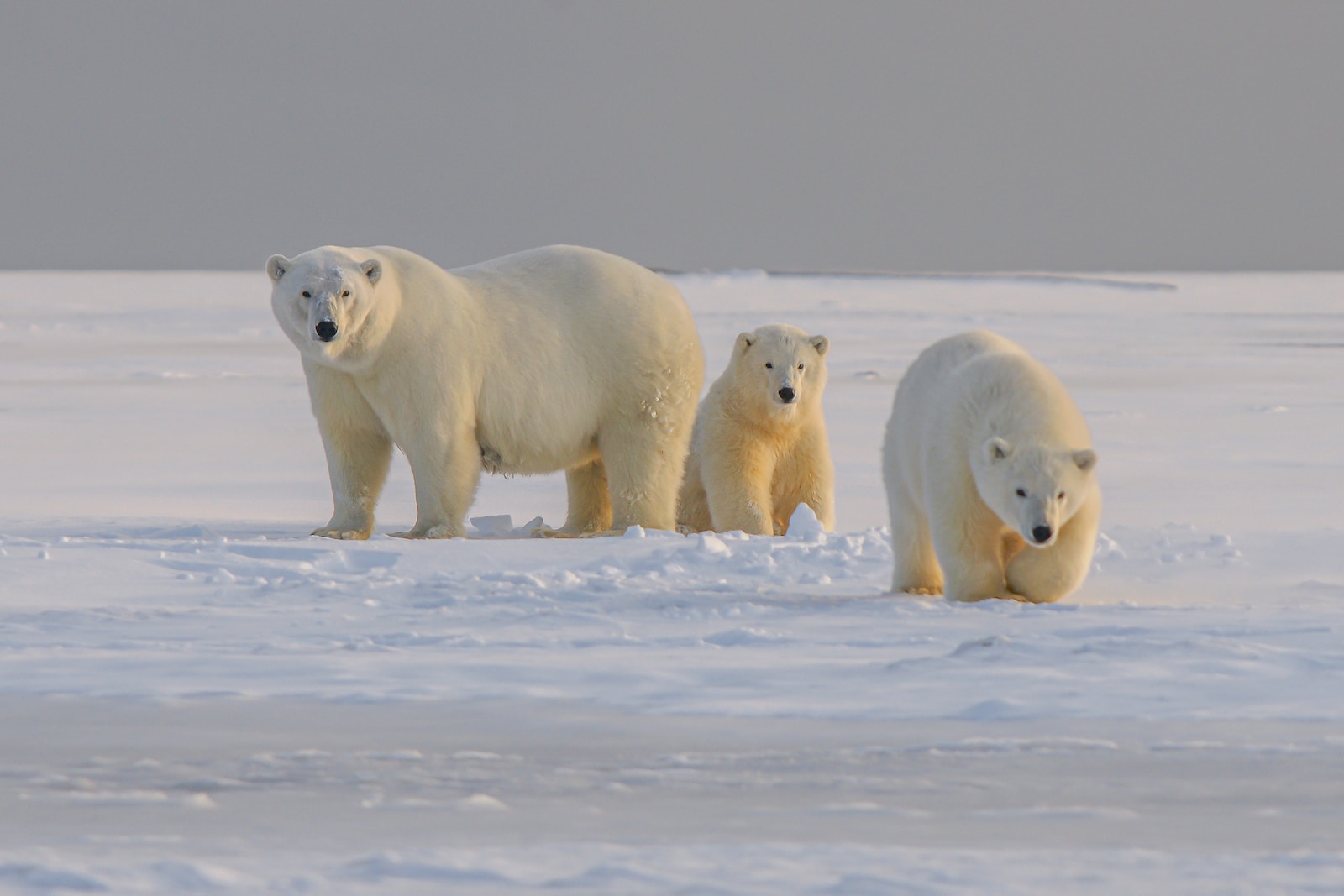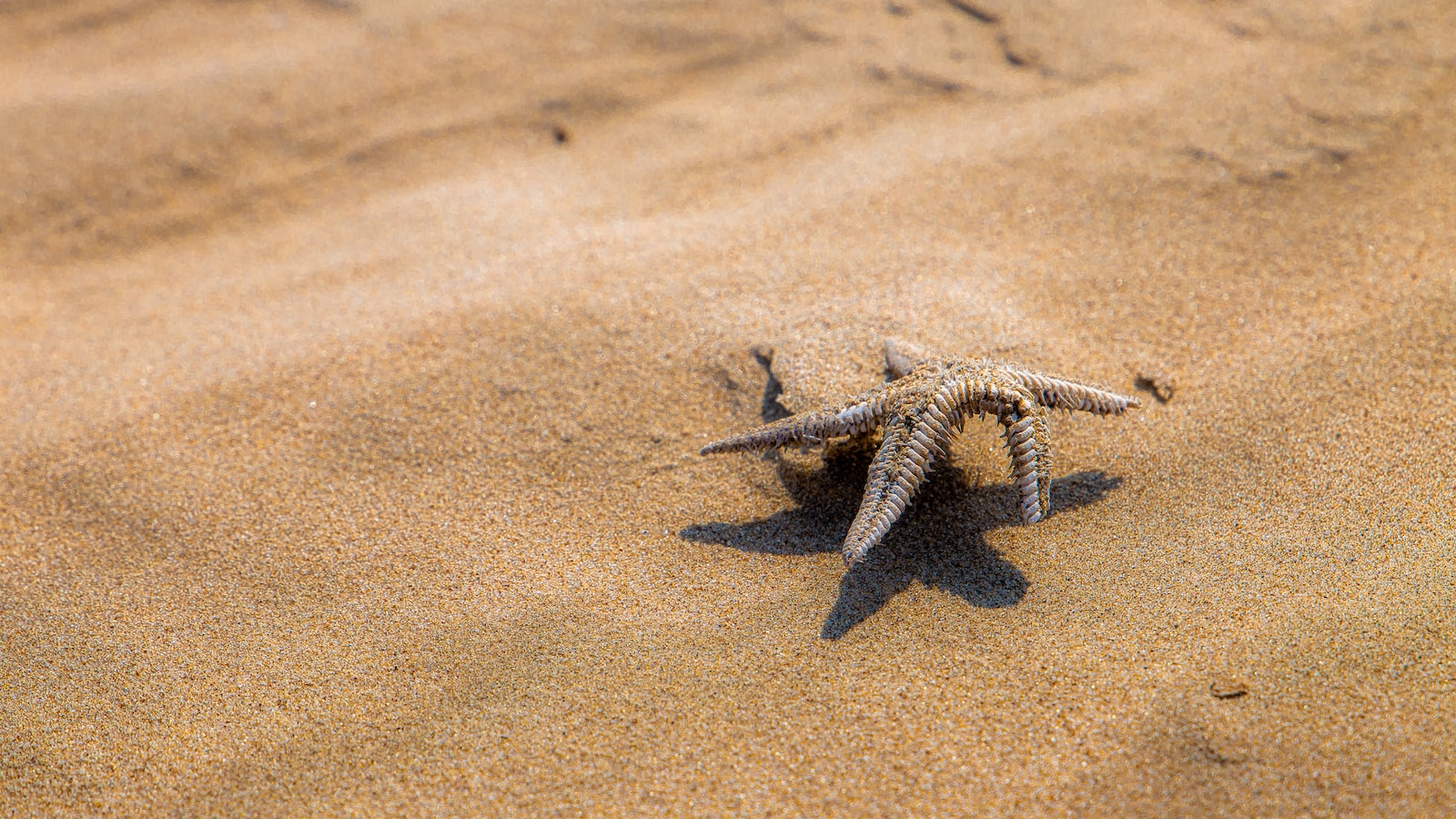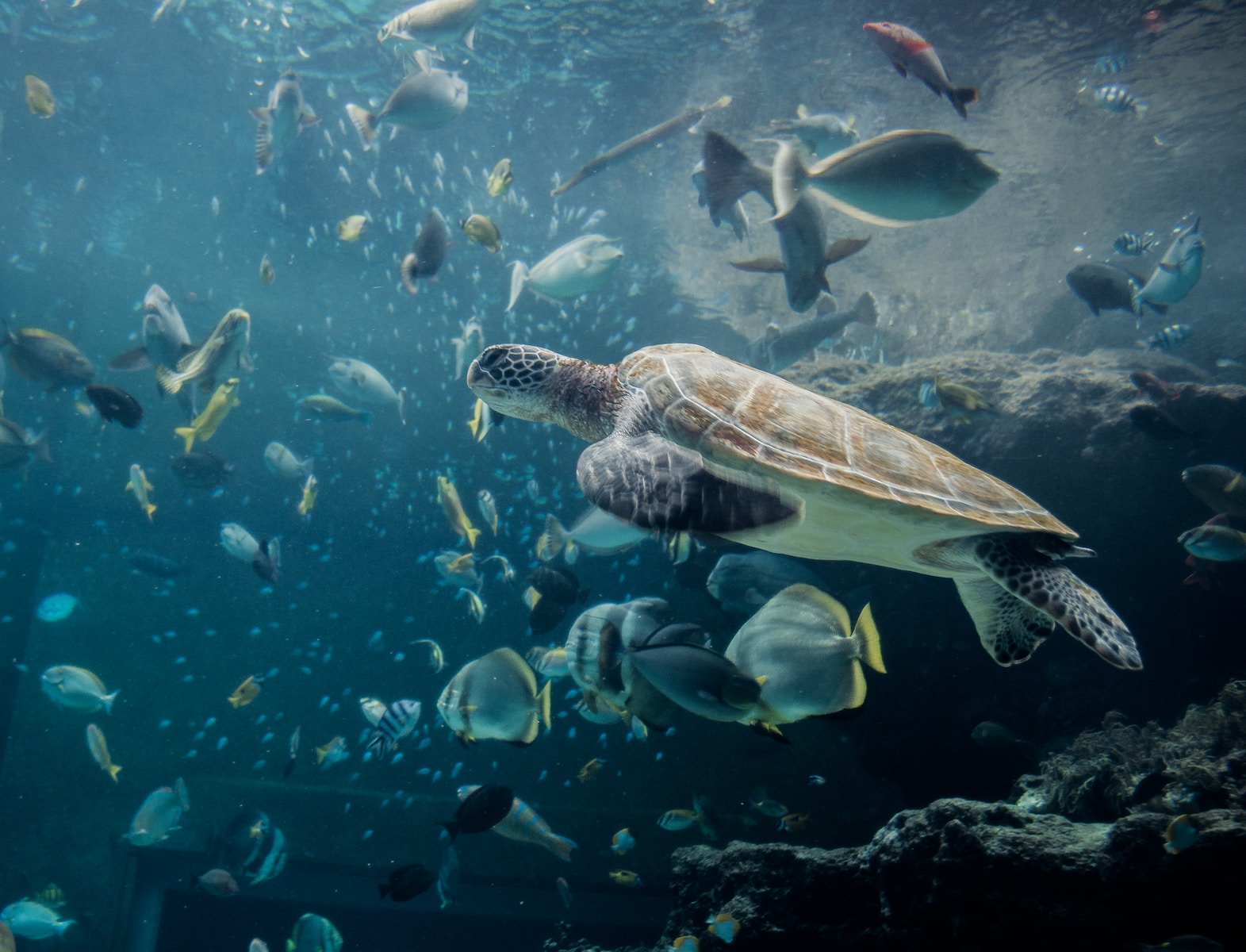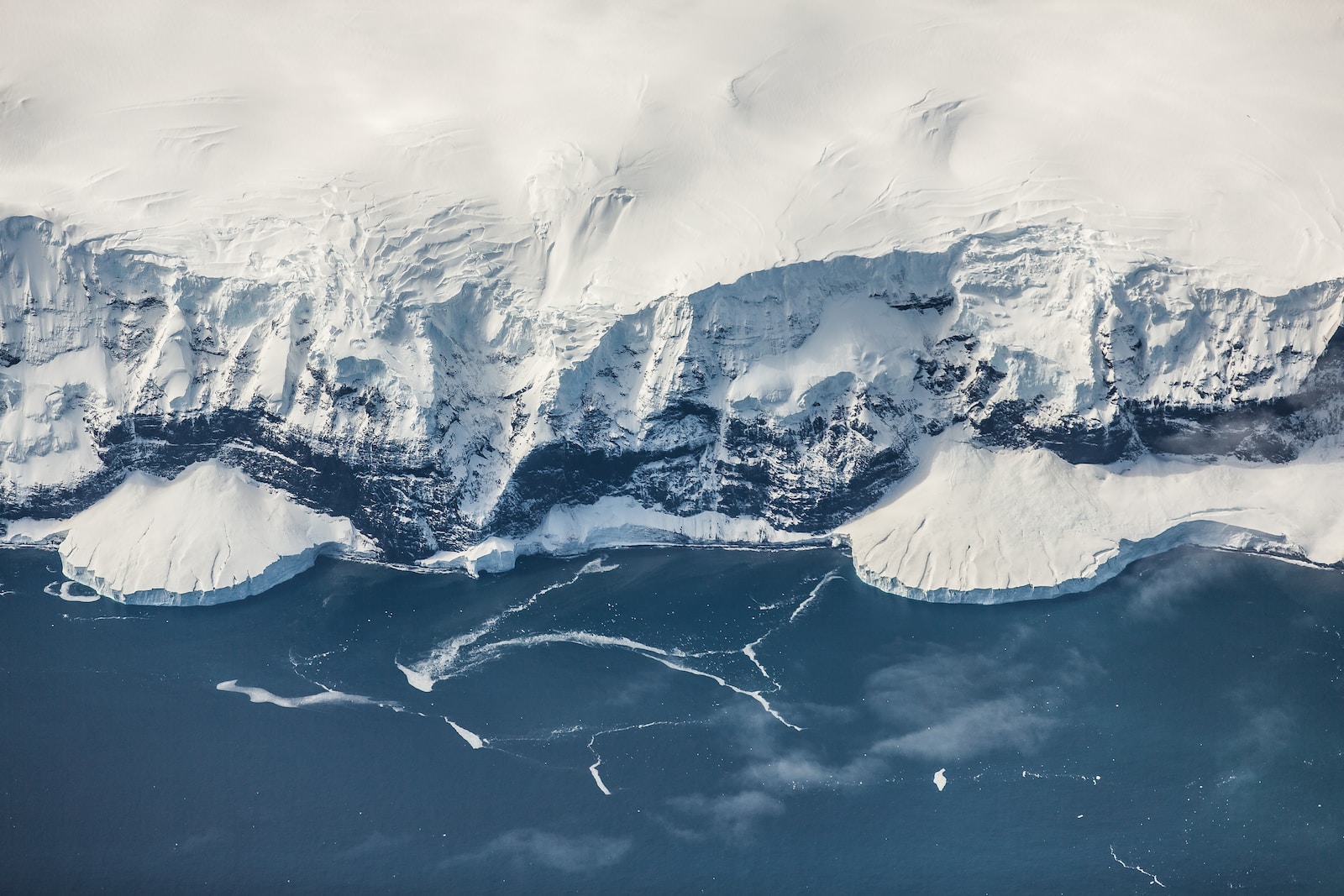How could some animals live in extreme temperatures? What is the science behind it?
The natural world is a stage for resilience and adaptation, where countless species have perfected the art of surviving in the harshest of conditions. From the blistering heat of deserts to the icy cold of polar regions, animals and birds have evolved remarkable strategies to thrive where many would wither. In this exploration of nature’s survivors, we’ll uncover the science behind how some creatures can endure these extreme temperatures.
Embracing Extremes: Examples from the Wild
Let’s begin by introducing a few extraordinary examples of animals and birds that have not only adapted but excelled in extreme environments:

- Polar bears: Polar bears live in the Arctic, where temperatures can drop to −50 °C (−58 °F). They have a thick layer of fur that helps them stay warm, and they have a layer of fat under their skin that provides insulation. Their fur is also hollow and transparent, which helps to reflect heat back to their bodies.
- Emperor penguins: Emperor penguins live in Antarctica, where temperatures can drop to -80 °C. They have a thick layer of feathers that helps them stay warm.
- Desert tortoises: Desert tortoises live in the desert, where temperatures can reach over 120 degrees Fahrenheit (50 °C). They burrow underground during the day to stay cool, and they come out at night to feed.
- Sperm whales: Sperm whales live in the deep ocean, where temperatures can be as cold as 28 degrees Fahrenheit. They have a thick layer of blubber that helps them stay warm, and they have a special protein in their blood that helps prevent their blood from freezing.
Key takeaways:
Many animals and birds living in extreme temperatures have evolved various physiological and behavioural adaptations to survive in their harsh environments. Some of these adaptations include:
- Physical adaptations: Some animals have physical adaptations that help them retain heat or cool down. For example, penguins have a thick layer of feathers that helps them stay warm in the Arctic, while camels have a hump of fat that stores energy and provides insulation.
- Behavioral adaptations: Some animals have behavioral adaptations that help them cope with extreme temperatures. For example, desert tortoises burrow underground during the hot summer months, while bears hibernate during the winter.
- Metabolic adaptations: Some animals have metabolic adaptations that help them generate or conserve heat. For example, animals that live in cold climates often have a lower metabolic rate than animals that live in warm climates.
- Physiological adaptations: Some animals have physiological adaptations that help them regulate their body temperature. For example, some fish have special proteins in their blood that help them prevent their blood from freezing.
Also read: Unveiling Earth’s Enigmas: 15 Immensely Interesting Facts about Earth
The Science of Survival: Adaptations and Evolution
The remarkable abilities of these creatures to endure extreme temperatures are rooted in the science of adaptation and evolution. These are the several adaptations that animals and birds that live in extreme temperatures have developed through evolution and natural selection:
- Insulation and Fur/Feathers: Many animals in cold climates have thick fur or feathers that act as excellent insulators. These structures trap air close to the body, creating a layer of warmth. In hot climates, animals may have adaptations like sparse fur, which allows for better heat dissipation.
- Countercurrent Heat Exchange: In extremities like the legs of arctic animals, there is a countercurrent heat exchange system. This means that warm arterial blood flowing to the extremity is cooled by venous blood returning from the extremity. It helps retain heat within the body.
- Hibernation and Torpor: Some animals, especially in cold climates, go into hibernation or torpor during extreme cold. Their metabolic rate drops significantly, allowing them to conserve energy and survive on stored reserves.

- Behavioral Adaptations: Animals often adjust their behavior to cope with extreme temperatures. They may burrow underground, seek shade, or bask in the sun depending on the conditions. Desert animals, for instance, are nocturnal to avoid the scorching daytime heat.
- Water-Efficient Physiology: Desert animals have evolved efficient water-saving mechanisms. They may produce highly concentrated urine and have specialized kidneys to extract water from their food.
- Symbiotic Relationships: Some animals have symbiotic relationships with other organisms that aid in temperature regulation. For instance, the Saharan silver ant has a symbiotic relationship with a heat-resistant bacterium that helps it survive in scorching desert sands.
These adaptations showcase the remarkable diversity of life on Earth and the incredible ability of animals and birds to thrive in the most challenging environmental conditions through a combination of physiological, behavioural, and ecological strategies.
How different Physiological Designs allow some Animals to survive in extreme temperatures?
Let’s explore in detail how the body design of some reptiles and certain fish species allows them to survive in extreme temperatures. These animals have heart designs and thermoregulatory strategies that enable them to survive in abnormal temperatures. Reptiles, as ectotherms, can adjust their body temperature behaviourally, while certain fish species have developed physiological adaptations to cope with extreme temperature conditions.
You could read more here: Temperature Adaptations – Evolutionary Physiology: Heart Design
Reptiles (Ectotherms)
Several reptiles have evolved astonishing strategies to adapt and endure in the face of extreme temperatures. From the blistering heat of deserts to the bone-chilling cold of polar regions, different species have honed their physiological and behavioural mechanisms to thrive where others might perish. Let’s unravel the mechanisms that enable reptiles to not only survive but thrive in the harshest of conditions.

- Efficient Heat Exchange: One of the key adaptations of reptiles is their ability to efficiently exchange heat within their bodies. In cold environments, reptiles can direct more blood flow to specific parts of their bodies, such as the muscles or digestive organs. This increased blood flow helps generate heat in these areas, effectively acting as internal heaters.
- Behavioural Thermoregulation: Unlike mammals, which are endothermic and regulate their body temperature internally, reptiles are ectothermic, meaning they rely on external sources of heat for thermoregulation. Their heart configuration is suited to their ability to adapt to varying temperatures. They regulate their temperature behaviourally. They can bask in the sun to raise their body temperature or seek shade to cool down. This design allows them to survive in both cold and hot environments by adjusting their behaviour and habitat choices.
- Surviving Extreme Cold: In extreme cold conditions, reptiles employ various survival strategies. During cold, reptiles may slow down their metabolic rate and enter a state of torpor. During torpor, reptiles significantly reduce their metabolic rate, their heart rate decreases, and they conserve energy until conditions improve. This results in reduced energy consumption, thus helping them survive brief periods of freezing.
Furthermore, some reptiles go into hibernation (brumation) during the winter months that allows these ectothermic animals to endure harsh winters when temperatures drop significantly. They find sheltered spots like burrows or crevices, where temperatures are more stable and less extreme. During hibernation, their metabolic processes slow down dramatically, and they can survive for extended periods without food.
In conclusion, the ability of reptiles to live in extreme temperatures is a testament to their remarkable adaptations and survival strategies. Their efficient heat exchange, behavioural thermoregulation, and capacity for entering torpor or hibernation enable them to thrive in diverse environments, from scorching deserts to frigid winters.
Also read: What is one thing which could improve your sleep quality & productivity?
Fish (Aquatic Adaptations)

The remarkable adaptations of fish to extreme temperatures, whether frigid cold or scorching heat, showcase the incredible diversity and resilience of aquatic life. These adaptations are not just mere coincidences but are the result of millions of years of evolutionary processes. Let’s summarize the key takeaways from these incredible fish adaptations:
- Cold-Water Adaptations: Some fish species inhabit cold-water environments, including sub-zero temperatures. Their heart design allows them to survive in icy waters. Cold-water fishes produce antifreeze proteins that prevent ice crystals from forming in their blood. This allows them to continue circulation and cellular function in freezing conditions.
- Hot-Water Adaptations: Some other fish species have evolved to thrive in hot-water environments. These fish can tolerate high water temperatures. One of the critical factors that enable these fish to survive in high-temperature environments is the effectiveness of their hearts. In extreme heat, many organisms, including fish, can face challenges because high temperatures can affect the efficiency of various bodily functions, including heart function. However, their heart can continue to function effectively in extreme heat. Their heart design allows for effective circulation of oxygenated blood to meet the increased demand during extreme heat.
Efficient Oxygen Transport System in Fishes
In warm water, fish may require efficient oxygen transport. Warmer water contains less dissolved oxygen compared to cooler water, which means fish must adapt to ensure they can obtain the oxygen they need. Moreover, fish also experience an increased demand for oxygen due to higher metabolic rates caused by elevated temperatures. To do this, they often require efficient oxygen transport systems. This can involve several adaptations, including:
• Gill Efficiency: Fish gills are specialized structures for extracting oxygen from water. Fish that thrive in warm water often have gills that are efficient at extracting oxygen, even in conditions where oxygen levels are lower.
• Blood Oxygen Binding: Some fish may have adaptations in their blood chemistry that allow them to bind and release oxygen more effectively, ensuring that oxygen is transported from the gills to the body’s tissues efficiently.
These remarkable adaptations demonstrate the incredible ability of fish to thrive in some of the planet’s most extreme environments. Whether they inhabit freezing Arctic waters or scalding tropical seas, fish have found innovative solutions to maintain their survival. These adaptations not only underscore the complexity of life in aquatic ecosystems but also serve as a testament to the power of evolution in shaping the diversity of life on Earth.
Humans and the Extremes: A Comparative Look
In comparison to these remarkable creatures, humans have limitations when facing extreme temperatures. While we can adapt to some extent, our survival in such conditions typically relies on artificial interventions like clothing, shelter, and climate control systems.

- Adaptation Challenges: Humans lack the genetic adaptations that allow these creatures to thrive in the Arctic without freezing or in the scorching heat of Saharan desert. However, our ability to create tools and technology has enabled us to colonize a wide range of environments.
- Learning from Nature: We can draw inspiration from these animals and birds in terms of resilience and adaptation. Mimicking their strategies, such as energy storage (like camels), efficient insulation (like polar bears), or water conservation (like desert tortoises), could assist technologies designed to help us survive in extreme conditions or reduce our environmental impact.
The ability of these animals navigating extreme temperatures are a testament to the wonders of adaptation and evolution. They remind us that the natural world is a source of inspiration and knowledge. As we face environmental challenges in our rapidly changing world, understanding the science behind these creatures’ survival can aid our own strategies for resilience and adaptation. Understanding these adaptations not only deepens our appreciation for the natural world but also highlights the urgency of preserving these unique habitats and the remarkable creatures that call them home.
Attractive section of content. I just stumbled upon your blog, and in accession capital to assert that I get actually enjoyed account your blog posts. Anyway, I will be subscribing to your augment, and even I achievement you access consistently fast.